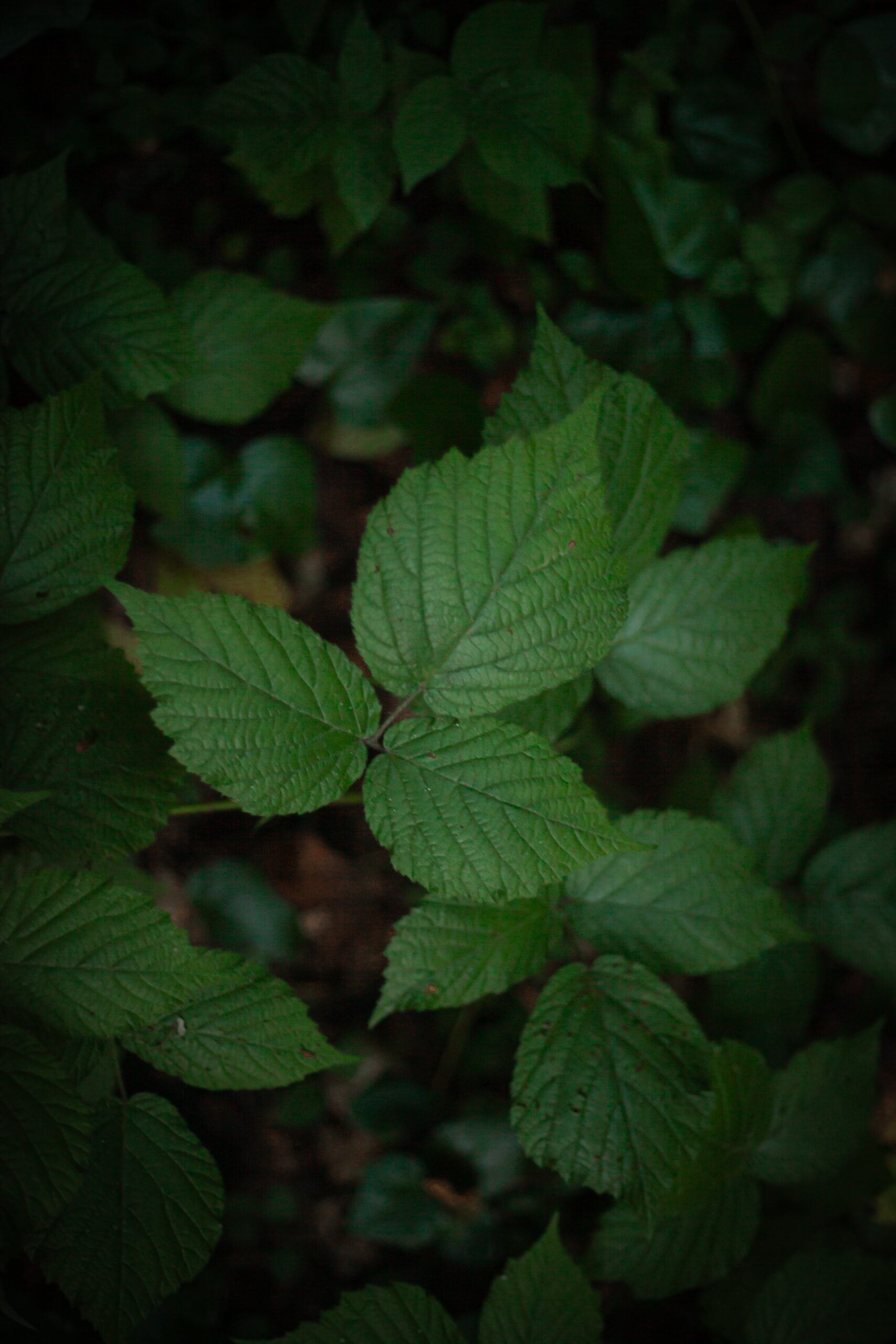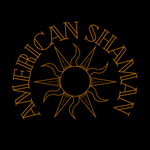So you’re curious about Traditional Thai Medicine, huh? Well, let me tell you, it’s a fascinating practice that has been around for centuries. Traditional Thai Medicine, also known as TTM, is deeply rooted in the belief that the mind, body, and spirit are interconnected. It combines ancient wisdom and natural remedies to promote overall well-being and restore balance. From herbal medicine and therapeutic massage to dietary guidelines and spiritual practices, Traditional Thai Medicine offers a holistic approach to healthcare that has stood the test of time. Let’s explore the rich history and diverse therapies of Traditional Thai Medicine together.
Introduction
Traditional Thai medicine is a holistic healing system that has been practiced for centuries in Thailand. This ancient form of medicine encompasses a wide range of therapeutic techniques, herbal remedies, and diagnostic methods that are deeply rooted in Thai culture. With its rich history and cultural significance, traditional Thai medicine offers a unique and comprehensive approach to health and well-being.
Background of Traditional Thai Medicine
Ancient Origins
The origins of traditional Thai medicine can be traced back to ancient times when the principles and practices of healing were passed down through generations. Thai medicine has been heavily influenced by Indian Ayurvedic medicine, which was brought to Thailand by Buddhist monks. Over time, these ancient healing traditions intertwined with local beliefs and practices, giving rise to the unique system of traditional Thai medicine that we know today.
Influence of Ayurvedic Medicine
Ayurvedic medicine, originating from India, has played a significant role in shaping traditional Thai medicine. The concept of the four elements – earth, water, air, and fire – is central to both Ayurvedic and Thai medicine philosophies. The belief in the balance of energies within the body, as well as the understanding of the body’s vital energy channels known as sen lines, are also shared among these two traditional healing systems.

Principles and Philosophy
The Four Elements
In traditional Thai medicine, the human body is seen as a microcosm of the universe, composed of the same basic elements found in nature. The balance of these four elements – earth, water, air, and fire – is crucial for maintaining good health. Each element corresponds to different aspects of the body, personality traits, and physiological functions. Understanding and harmonizing these elements form the foundation of traditional Thai medicine.
Balancing Energy
Central to the philosophy of traditional Thai medicine is the concept of energy flow within the body. Known as “lom,” this vital energy circulates through the sen lines, similar to the meridians in Chinese medicine or nadis in Ayurveda. The treatment of illness and the maintenance of well-being in Thai medicine rely on balancing and unblocking the flow of energy, which can be achieved through various therapeutic techniques.
Concept of Sen Lines
The sen lines are energy channels that traverse the body, carrying the vital energy throughout. There are 72,000 sen lines in traditional Thai medicine, but ten main lines are of primary importance. These lines correspond to major organs and body systems, and by working on specific points along the lines, practitioners can influence the flow of energy and restore balance to the body. Thai massage, a popular therapeutic technique, focuses on these sen lines and pressure points to promote healing and relaxation.
Diagnostic Techniques
To determine the root cause of illnesses and imbalances, traditional Thai medicine employs various diagnostic techniques. These techniques are based on careful observation, palpation, pulse diagnosis, and urine analysis.
Observation
Observation is the first step in the diagnostic process. Practitioners carefully observe physical and psychological indicators such as skin color, facial expressions, posture, and overall demeanor. These observations provide valuable insights into a person’s health and guide the treatment plan.
Palpation
By palpating specific points on the body, practitioners can assess the condition of the muscles, tissues, and organs. Palpation goes beyond a mere physical assessment and allows the practitioner to detect any energy imbalances or blockages within the body.
Pulse Diagnosis
Similar to Traditional Chinese Medicine, pulse diagnosis is an integral part of traditional Thai medicine. By carefully feeling the pulse at various locations, practitioners can determine the quality of the pulse, its rhythm, and assess the overall state of health. Different pulse patterns indicate specific imbalances, helping the practitioner tailor the treatment accordingly.
Urine Analysis
Urine analysis is another diagnostic tool used in traditional Thai medicine. The color, odor, and composition of urine provide valuable information about the body’s internal state. This information, combined with other diagnostic methods, helps the practitioner gain a comprehensive understanding of the individual’s health and design an effective treatment plan.

Therapeutic Techniques
Traditional Thai medicine employs a wide range of therapeutic techniques to treat various ailments and promote overall well-being. These techniques are designed to restore balance to the body and mind and stimulate the body’s natural healing abilities.
Herbal Medicine
Herbal medicine is a cornerstone of traditional Thai medicine. Thailand’s rich biodiversity provides a vast array of indigenous herbs and plants that are used for their therapeutic properties. Traditional Thai herbal remedies are often prepared in the form of teas, powders, capsules, or balms, and they are used to address a wide range of health conditions.
Massage and Bodywork
Thai massage, also known as nuad bo rarn, is a well-known therapeutic technique that combines elements of acupressure, yoga-like stretches, and joint manipulation. It focuses on the body’s energy lines and pressure points to promote relaxation, relieve muscular tension, and stimulate the flow of energy. Thai massage is performed on a mat on the floor, with the recipient fully clothed, making it accessible and comfortable for people of all ages and physical abilities.
Compresses and Packs
Hot herbal compresses and packs are commonly used in traditional Thai medicine. These compresses are made by wrapping a blend of herbs in a cloth and steaming or heating it before applying it to the body. The heat helps to release the therapeutic properties of the herbs and aids in relaxation, reducing inflammation, and relieving pain.
Acupressure
Acupressure is another technique used in traditional Thai medicine to stimulate the body’s energy flow. By applying pressure to specific points along the body’s meridians or sen lines, practitioners can alleviate various symptoms and promote healing. Acupressure is often incorporated into Thai massage sessions, but it can also be practiced as a standalone therapy.
Hot Herbal Sauna
Hot herbal saunas, known as herbal steam baths, are commonly used in traditional Thai medicine for detoxification and relaxation. These saunas involve sitting in a steam-filled room infused with aromatic Thai herbs. The steam and heat encourage sweating, helping to eliminate toxins from the body, improve circulation, and promote overall well-being.
Herbal Remedies
Traditional Thai medicine relies heavily on the use of herbal remedies for therapeutic purposes. Thai herbal remedies are derived from plants, roots, leaves, and other natural substances that are believed to possess specific healing properties. Many traditional Thai herbs are known for their anti-inflammatory, analgesic, and detoxifying effects.
Traditional Thai Herbs
The Thai herbal pharmacopoeia comprises a vast assortment of plants and herbs, each with its unique therapeutic properties. Some commonly used herbs include turmeric, ginger, lemongrass, kaffir lime leaves, and galangal. These herbs are used individually or combined to create herbal preparations such as teas, poultices, balms, and oils.
Preparation and Usage
Traditional Thai herbal remedies are prepared using various methods, depending on the desired application. Herbs can be infused in hot water to make a healing tea, ground into powders that can be mixed with other ingredients, or used in poultices to be applied directly to the skin. The preparation and usage of herbal remedies require expertise and knowledge of the specific herbs and their properties.

Thai Massage
Thai massage, also known as nuad bo rarn, is a key component of traditional Thai medicine and has gained popularity worldwide for its therapeutic benefits. This unique form of massage combines elements of acupressure, yoga-like stretches, and joint mobilization to promote physical and mental well-being.
History and Development
Thai massage has a long and rich history in Thailand. It is believed to have originated over 2,500 years ago and was practiced by Buddhist monks as a form of healing. Over time, Thai massage techniques were refined and passed down through generations, becoming an integral part of Thai culture and healing traditions.
Sen Lines and Pressure Points
At the core of Thai massage lies the understanding of the body’s energy flow through the sen lines and the manipulation of specific pressure points. Thai massage therapists use their hands, thumbs, elbows, feet, and knees to apply pressure and stretch the body, targeting these energy pathways to alleviate tension, improve circulation, and promote relaxation.
Techniques and Benefits
Thai massage encompasses a variety of techniques, including rhythmic compression, passive stretching, and joint mobilization. The therapist uses their body weight and gravity to apply pressure and facilitate stretching movements. Thai massage offers numerous benefits, including reduced muscle tension, increased flexibility, improved posture, enhanced energy flow, stress relief, and deep relaxation.
External Therapies
In addition to herbal remedies and massage, traditional Thai medicine also incorporates external therapies to treat various ailments and promote overall well-being.
Tok Sen
Tok Sen is a unique therapeutic technique that involves tapping along the body’s energy lines with a wooden hammer and a wooden wedge. This rhythmic tapping, combined with the subtle vibration created by the wooden tools, helps to release tension, improve energy flow, and alleviate pain.
Scrapping
Scrapping, also known as Gua Sha, is a traditional Chinese technique that has been adopted in Thai medicine. It involves using a smooth-edged instrument, such as a buffalo horn or a porcelain spoon, to scrape the skin gently. Scrapping is believed to stimulate blood flow, reduce muscle tension, and promote detoxification.
Hot Herbal Compresses
Hot herbal compresses, made with a blend of Thai herbs, are used as part of external therapies in traditional Thai medicine. The compresses are heated and applied to specific parts of the body, providing deep heat and aromatherapy benefits. The heat helps to relax muscles, improve blood circulation, and enhance the absorption of herbal compounds into the skin.
Influence on Thai Culture
Traditional Thai medicine is deeply ingrained in Thai culture and has had a significant impact on various aspects of Thai society.
Integration with Buddhism
Traditional Thai medicine and Buddhism have a long-standing relationship, with both systems of belief influencing and intertwining with each other. Thai Buddhist monks have historically used traditional Thai medicine as part of their healing practices. The integration of these two cultural pillars has created a unique blend of philosophy and practicality that permeates Thai culture.
Use in Traditional Festivals
Traditional Thai medicine is often showcased during traditional festivals and ceremonies in Thailand. These events provide an opportunity for the public to experience and appreciate the healing traditions of their ancestors. Traditional Thai medicine plays a vital role in preserving cultural heritage and connecting present-day Thais with their roots.
Current Status and Future Challenges
Recognition and Certification
Despite its rich history and cultural significance, traditional Thai medicine still faces challenges in terms of recognition and formal certification. Efforts are being made to standardize the practice and establish official recognition and certification processes to ensure the preservation and accessibility of traditional Thai medicine for future generations.
Evolving Practice
While traditional Thai medicine remains deeply rooted in ancient traditions, it is also evolving to meet the needs and demands of modern society. Traditional Thai medicine practitioners are adapting their practices to address contemporary health concerns and integrate with other systems of medicine. This evolution ensures that traditional Thai medicine remains relevant and continues to provide valuable healing and well-being benefits in today’s world.
In conclusion, traditional Thai medicine offers a comprehensive approach to health and well-being, encompassing ancient wisdom, herbal remedies, therapeutic techniques, and a deep connection to Thai culture. With its rich history, philosophy, and healing methods, traditional Thai medicine continues to contribute to the well-being of individuals in Thailand and beyond.
